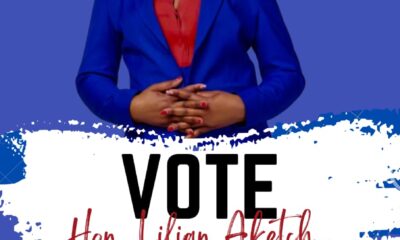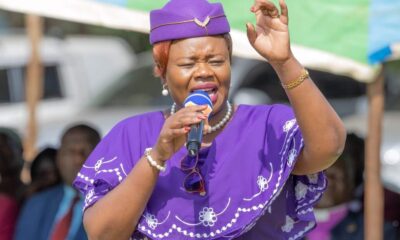World News
Protesters Surround Beijing’s Office in Hong Kong
-

 General News6 days ago
General News6 days agoKenya Police Recruitment Training: Complete Preparation Guide
-

 General News1 week ago
General News1 week agoA New Hope in Ugunja: Lillyanne Aketch’s campaign is shaking up the by-election.
-

 General News7 days ago
General News7 days agoRyan Injendi Hits Out at Mudavadi Over Malava UDA Nominations
-

 General News1 week ago
General News1 week agoGithunguri MP Gathoni Wamuchomba Denies Claims of Spying for UDA
-

 General News6 days ago
General News6 days agoWhat to Do If You Are Unfairly Disqualified from Police Recruitment in Kenya
-

 General News6 days ago
General News6 days agoKenyan Officer Benedict Kabiru Confirmed Dead in Haiti: Ruto Speaks at UNGA 2025
-

 General News1 week ago
General News1 week agoKalonzo Musyoka Dismisses Claims of Stepping Down from 2027 Race: “I Know My Enemies Are Suffering”
-

 Jobs6 days ago
Jobs6 days agoBeatrice Chebet Promoted After Golden Double in Tokyo




